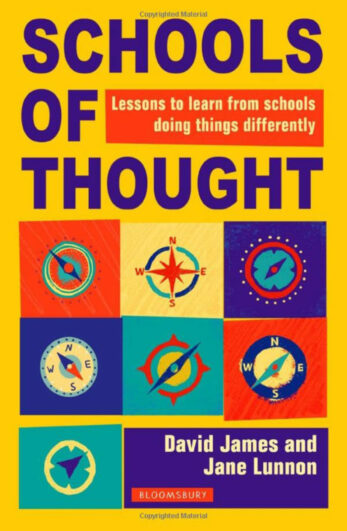Published: Taylor & Francis Publishied in: Educational studies, 10 September 2014
Research: The trouble with truancy: satisfied students stick at school
Picture an average class of 30 pupils, studying attentively. Now imagine that seven disappear. But truancy is not a magic trick, it is a serious problem. Nearly a quarter of Year 10 students interviewed in this recent paper by Gaynor Attwood and Paul Croll admit truancy. Most missed only “the odd day or lesson”, but an eighth skipped school for several days or weeks at a time. Even occasional truancy increases the chance of mental wellbeing issues, poor GSCE results, future unemployment and dissatisfaction with life.
More than half of the girls and just under half of the boys surveyed reported low levels of mental wellbeing. Both genders lost sleep, feeling “constantly under strain” and “unhappy”. Levels of mental well-being do not relate to academic ability or socioeconomic status, but bullying victims have lower levels and regular truants score lower still.
Most truants rationalised their behaviour with a dislike of school, lessons or teachers. Boredom was also a motive, but bullying was rarely mentioned. Despite this, pupils known to be victims of bullying were found to be more likely to truant.
Other factors predicting truancy include lower levels of attainment, socioeconomic status and negative attitudes towards school. However, none of these indicators were necessary or sufficient to explain truancy. Many poor-achieving students from unemployed families do not truant, and the majority of truants believe that school is important.
One great strength of this paper is the scale of the survey. The wide variety of socioeconomic backgrounds, various attainment levels and differing attitudes among the pupils, suggest that these findings can be linked to the wider English school population. However, the questionnaires relied upon honest disclosure by the students rather than objective measurement, so the results are susceptible to estimation, exaggeration or understatement, especially considering the repercussions of truancy – such as fines.
Although this is a longitudinal study, collecting data years after the first measurement, it was not experimental. It is therefore unclear whether the predictive factors found in the study were the causes or symptoms of truancy.
One possible confounding variable is socioeconomic status (SES). When grouped by SES, the advantages of being from a more advantaged background appear to compensate for truancy. Hence, while truants are more likely to be unemployed than non-truants from the same background, frequent truants from high SES families have less than half the unemployment rate of the non-truants from lower SES families. Those more likely to truant seem to pay the highest price for doing so.
Another limitation of the study is the restrictive nature of the questionnaire. The common reason given for truancy was “disliking”, which is too vague to provide an insight. Open-ended questions exploring the true causes of truancy would assist when designing interventions to reduce it. The same is true of the question regarding the importance of school. It is possible truants consider school important, but only for others, not for themselves. They may not believe their truancy is extensive enough to impact their education.
As Attwood and Croll report, most truants are no longer in education at 20. Having chosen not to attend when attendance was compulsory, it is logical they would choose not to when it optional. Of course, some do buck this trend; an eighth of high-level truants continue their education. This suggests a change in attitude, possibly due to maturity. Alternatively, truants were only avoiding single lessons, days or individuals, rather than education entirely.
Educators should note that occasional truancy is quite common, and efforts should be made to reduce the likelihood of future negative consequences. Especially vulnerable are students with low socioeconomic status, low attainment, victims of bullying and those with poor mental well-being. More research needs to examine the “dislike” explanation for truancy and to test reduction strategies. Even the majority of truants believe education is important, so there is hope that further understanding may provide the magic wand to bring back disappearing students.






